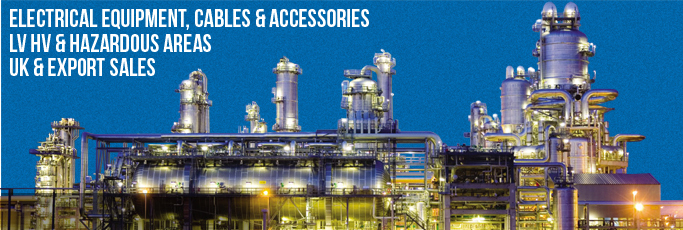
|
|
| home | contact | team t&d | group websites | markets | exports | blog |
 |
|
Socomore Cable Pulling Lubricants
By Chris Dodds on 19th March, 2014

Socomore Cable Pulling Lubricants
Socomore (formerly PT Technologies Europe) offer a range of underground cable pulling lubricants, Techlube, to assist the network installer achieve minimum cable friction during cable pulls and successful cable installation without failures.
Telecommunication and power cable network installations have been taking place for over 100 years, both over and underground, covering transmission and distribution requirements.
Underground cable runs and cable pulling has been practiced for many decades with most installations being cables installed into ducts. The duct network is installed to plan, with multiple pipes or ducts installed with jointing bays located at convenient spaces along the route in order to join the cable runs. The whole system is refilled and closed for later cable installation when cables are pulled into the pre-installed ducts from cable reels overhead. Today cable installations are more numerous, underground cables are heavier, and the runs are often longer and more complex as the cables often have to follow the route of existing infrastructure.
Installation using modern cables also requires a trouble free cable installation to minimize disruptions to traffic etc. and with minimum stress on the cable. Under no circumstances can the cable being pulled be subjected to stresses in excess of its design stress or cable damage and premature ageing may result. It is essential therefore that once started a cable pull is completed without stopping. 90% of cable damage occurs during the cable installation.
Pull planning is essential in underground cable installations to minimise cable friction during the cable pull. Cable lubricants are used to ensure that the maximum cable friction reduction is achieved. But it’s not just using a cable lubricant that is of importance, you need to use the right type of cable lubricant.
Traditional cable lubricants have varied from oils to waxes to bentonite slurries and even washing up liquid. Many such products contain electrolytic salts which are used for viscosity enhancement or detergent properties. These salts can have a detrimental effect on certain cable jackets resulting in cable jacket stress cracking. Electrolyte residues left on cables after installation can also result in earth tracking discharges, loss of cable efficiency, localised heating and premature cable failure under load.
Techlube is a range of water-based biodegradable cable lubricants with several formulations available to suit every cabling need. They do not contain any salt, detergent, paraffin or grease which can degrade cable jackets or cause hot spots. They have passed compatibility testing with materials used in cable accessories, cable joints and cable jackets.
Techlube Ranges of Cable Lubricant
- Techlube HD Heavy Duty Power Cable Lubricant
- Techlube PHD Pourable Cable Lubricant
- Techlube Multi Cable Lubricant
- Techlube FO Fibre Optic Cable Lubricant
- Techlube M Cable Lubricant with Microspheres
Decision Support System For Reverse Osmosis Based Desalination Plants
- Further reading :
Cable Laying & Pulling - Installing LV-HV Cable In Duct (Part 1 of 2)
Cable Laying & Pulling - Installing LV-HV Cable In Trench (Part 2 of 2)
Invitation
Thorne & Derrick are inviting you to join LinkedIn’s fastest growing Discussion Group : Low & High Voltage Power, Cabling, Jointing, & Hazardous Area Electricals (LV-HV).
Discussion subjects include cable installations, cable jointing, electrical substation, overhead line and electrical construction at LV, 11kV, 33kV and EHV.
Network, engage and promote your profile, company or products with over 10,000 influencers.
Category: Cable Laying & Cable Pulling
Sort by Category:
- #ThrowBackThursday
- 3M Scotch Tapes
- ABB Power Products
- Business
- Cable Accessories
- Cable Cleats & Cable Ties
- Cable Containment LV HV
- Cable Crimping & Cutting Tools
- Cable Jointer Training Courses
- Cable Jointing - PhotoBlog
- Cable Labelling & Marking
- Cable Laying & Cable Pulling
- Cable Transits & Duct Sealing
- Company Updates
- Earthing & Lightning Protection
- Electrical Equipment HV
- Electrical Equipment LV
- Electrical Safety & Arc Flash
- Exports
- Flexible Conduit Cable Management
- Hazardous Area Electricals & Lighting
- HV Cable Jointing & Terminating
- LV Cable Jointing & Terminating
- Nexans Euromold Cable Accessories
- Plugs & Sockets
- Power Distribution & Feeder Pillars
- Prysmian FP Cables
- PV Solar Farms
- Rail
- T&D History Blog
- Terms & Conditions of Sale & Purchase
Tweets by @ThorneanDerrick






























